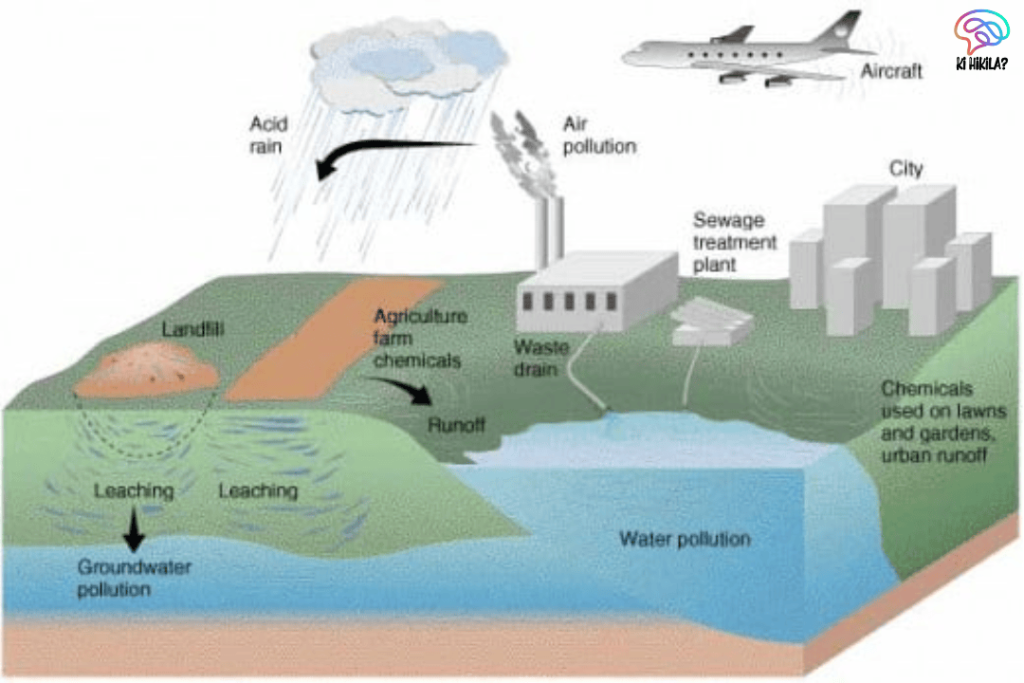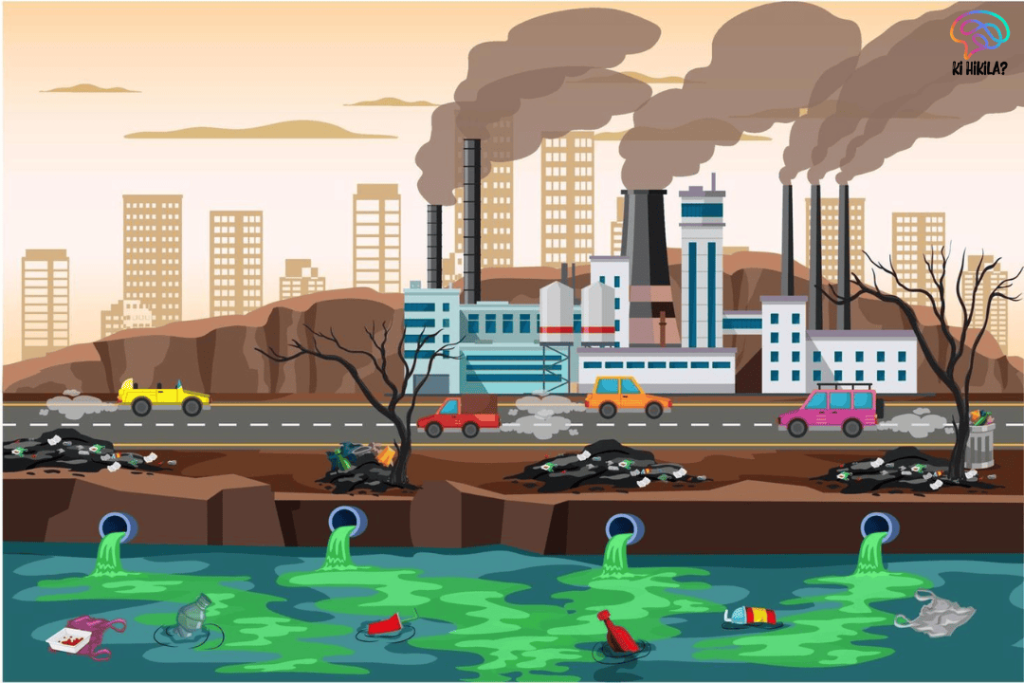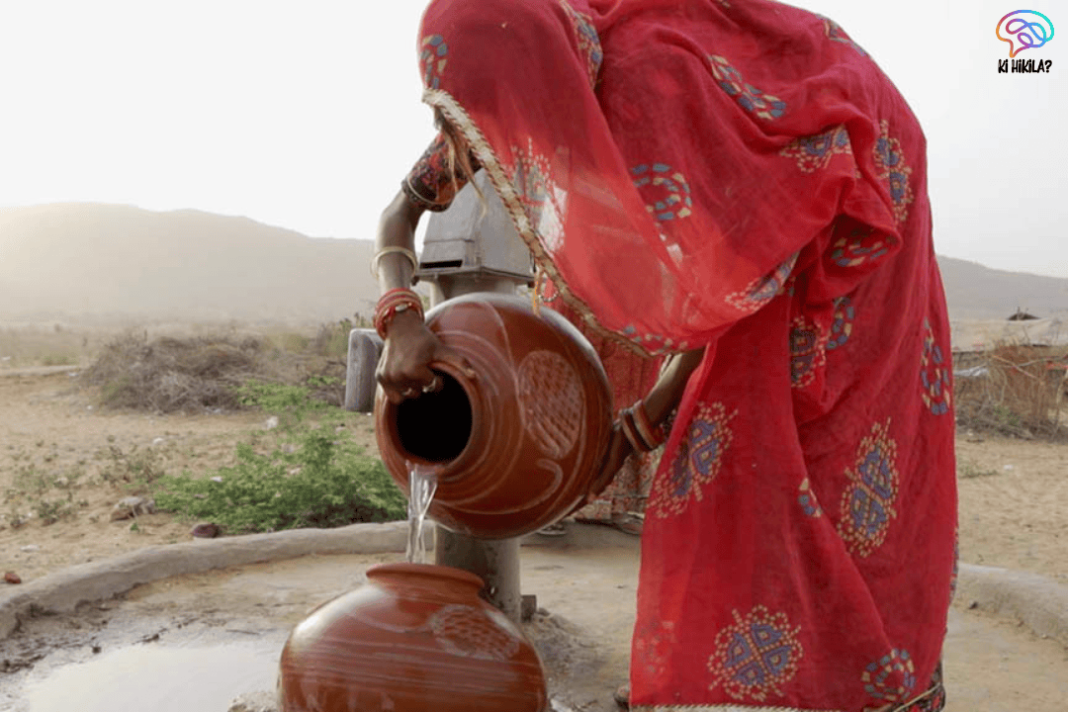Groundwater Pollution India has emerged as a severe crisis, threatening millions of lives and the country’s long-term food security. India’s groundwater, a crucial resource for both drinking and irrigation, is facing unprecedented contamination from nitrates, fluoride, arsenic, uranium, and heavy metals. According to the 2024 Central Ground Water Board (CGWB) report, this invisible crisis is intensifying, particularly in rural areas where people rely almost entirely on underground sources. The causes are a mix of over-extraction, unregulated industrial discharge, agricultural chemical overuse, and weak enforcement of pollution laws.
Groundwater Dependency in India
Over 85% of rural drinking water and about 65% of irrigation water in the country comes from groundwater. Despite India’s extensive network of rivers and the heavy monsoon rains, groundwater remains the most dependable source due to its year-round availability. This dependence makes Groundwater Pollution India a direct threat to public health, agricultural productivity, and rural livelihoods.
Extent and Types of Contamination
The CGWB report reveals alarming figures—over 20% of groundwater samples tested nationwide contain unsafe nitrate levels, largely due to excessive fertiliser application and poor sanitation infrastructure.

- Fluoride contamination affects more than 9% of tested samples, causing widespread dental and skeletal fluorosis in states like Rajasthan, Gujarat, and Andhra Pradesh.
- Arsenic pollution is particularly severe in Punjab, Bihar, and parts of West Bengal, often exceeding WHO safety limits and linked to increased cancer cases.
- Uranium contamination, detected in several northern states, poses chronic kidney disease risks.
- Heavy metals such as lead, cadmium, and iron from industrial effluents have been linked to neurological and developmental disorders in children.
The combined impact makes Groundwater Pollution India a public health emergency.
Health Impacts of Contaminated Groundwater
The health consequences are severe and long-term:
- Fluoride exposure can cause irreversible skeletal deformities and growth retardation.
- Arsenic poisoning leads to skin lesions, respiratory problems, and higher cancer incidence.
- Nitrate contamination can cause blue baby syndrome in infants and increase hospital admissions for nitrate toxicity.
- Uranium exposure is associated with chronic kidney damage.
- Heavy metal toxicity results in anaemia, immune system suppression, and cognitive decline.
Additionally, sewage contamination of groundwater has led to outbreaks of cholera, hepatitis, and diarrhoeal diseases, further straining rural healthcare systems.
Case Studies Highlighting Groundwater Pollution India
Real-world examples illustrate the scale of the crisis:
- In Budhpur, Uttar Pradesh, toxic industrial discharges led to at least 13 deaths from kidney failure.
- In Jalaun, residents reported petroleum-like fluids coming from their handpumps.
- Paikarapur, Bhubaneswar faced mass illness due to sewage seepage into groundwater supplies.
- In Ballia, Uttar Pradesh, arsenic levels were found to be 20 times the safe limit, correlating with thousands of cancer cases.
These cases expose deep gaps in pollution control, monitoring, and early warning systems.
Regulatory and Institutional Challenges
One of the biggest hurdles in addressing Groundwater Pollution India is fragmented governance.
- The Water (Prevention and Control of Pollution) Act, 1974, does not directly tackle groundwater contamination.
- The CGWB primarily acts as an advisory body without strong enforcement powers.
- State Pollution Control Boards (SPCBs) are underfunded and understaffed.
- Data collection is infrequent, and public access to water quality information is limited.
- Over-extraction of groundwater lowers water tables, which can concentrate pollutants and make contamination worse.
Strategies for Mitigation and Reform
Addressing Groundwater Pollution India requires coordinated action:
- National Groundwater Pollution Control Framework – Empower CGWB with legal authority and define clear roles for all agencies.
- Advanced Monitoring Systems – Deploy real-time sensors, GIS mapping, and remote sensing for faster detection.
- Public Health Integration – Link water quality data with health records to identify contamination hotspots quickly.
- Community Solutions – Expand low-cost arsenic and fluoride removal units in rural areas.
- Industrial Waste Management – Enforce strict Zero Liquid Discharge norms to prevent toxic effluent release.
- Sustainable Agriculture – Regulate chemical fertiliser use and promote organic farming to curb nitrate leaching.
- Citizen Participation – Strengthen local governance, awareness campaigns, and water stewardship programs.
Conclusion

Groundwater Pollution India is not just an environmental issue—it’s a humanitarian and economic crisis. Without urgent policy reforms, investment in monitoring, and strict pollution controls, the health of millions and the country’s agricultural future will remain at risk. By combining technology, community action, and robust governance, India can safeguard its most precious invisible resource for generations to come.



